The end of Laos and 22 days across the flooded rice paddies of Cambodia

Today, 3 December, we take a day off to update the blog with our last days in Laos and our journey through Cambodia - finally! We are already halfway through Vietnam, but have had endless problems accessing the blog for the Vietnamese government's strict controls on internet access - a losing battle.
Archives:
For viewing the pics of Singapore, Malaysia and Thailand - go click on the archives - the pics are stored by month from June through to November.
Laos and Cambodia: Vital stats
At the end of Laos we've clocked up 7000km and so far have enjoyed great health (apart from two bouts of travellers gippo guts) and very few mechanical hassles with our bikes (having suffered only 12 punctures, a snapped pannier frame, one broken gear shifter, a loose crank and one squeaky pedal). Our hair has grown four inches and our bodies have grown accustomed to 6 - 10 hours in the saddle every day; and despite having spent in excess of three thousand uninterrupted hours together we still enjoy each other's company!


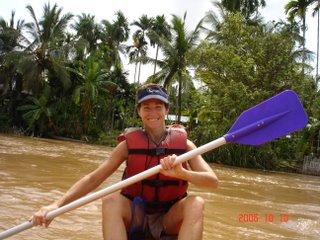




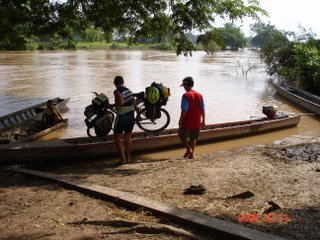




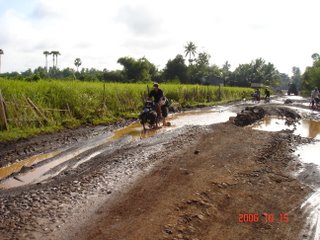

 and worse as the water reclaims more and more of the land...
and worse as the water reclaims more and more of the land...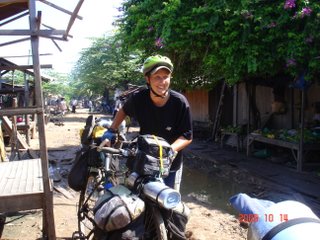



 Forest children swimming in a rain puddle - way out there off the beaten track...
Forest children swimming in a rain puddle - way out there off the beaten track...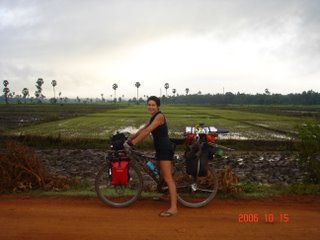









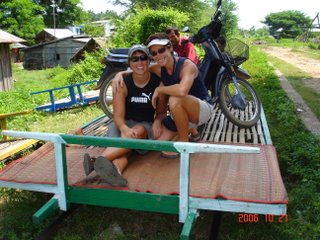




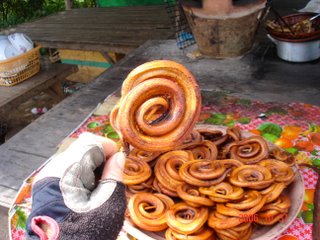
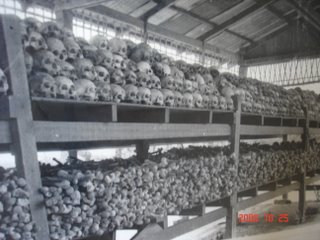

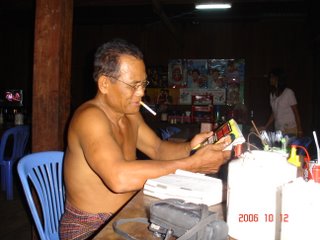
 The beach at Sihanoukville where we rested for three days, bringing our trip through Cambodia to a satisfying end: dining on the beach and snorkelling and lazing in the sun drinking mango and pineapple fruitshakes. Shoals of orange fishies made up for the the fact that the reefs showed the scars of dynamite fishing. Environmental consciousness and animal welfare has a long way to go in SE Asia.
The beach at Sihanoukville where we rested for three days, bringing our trip through Cambodia to a satisfying end: dining on the beach and snorkelling and lazing in the sun drinking mango and pineapple fruitshakes. Shoals of orange fishies made up for the the fact that the reefs showed the scars of dynamite fishing. Environmental consciousness and animal welfare has a long way to go in SE Asia.
